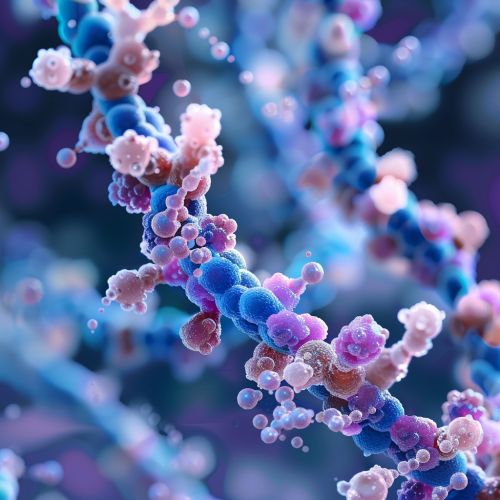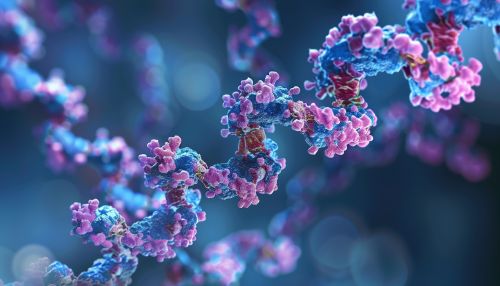Arginase
Overview
Arginase is an enzyme that catalyzes the hydrolysis of arginine to ornithine and urea. At the same time, L-arginine is the amino acid that is most commonly used in protein synthesis. Arginase is a key enzyme in the urea cycle, one of the pathways of amino acid catabolism in the liver.


Structure
Arginase exists in two isoforms - Arginase I and Arginase II, encoded by different genes, and located in different cellular compartments. Arginase I, located in the cytosol, is highly expressed in the liver and is part of the urea cycle. Arginase II, located in the mitochondria, is expressed in extra-hepatic tissues, especially the kidney.
Function
Arginase plays a crucial role in the urea cycle, which is important for the removal of toxic ammonia from the body. In the urea cycle, arginase converts L-arginine into L-ornithine and urea, the latter of which is excreted in the urine. L-ornithine is then converted into L-citrulline, with the addition of a carbamoyl group, and L-citrulline is converted back into L-arginine, completing the cycle.
Clinical Significance
Arginase deficiency is a rare genetic disorder characterized by a complete or near-complete lack of the enzyme. This is an autosomal recessive disorder, meaning that both parents must carry the mutated gene for it to be passed on to the child. The disorder is characterized by hyperargininemia, or high levels of arginine in the blood, and can lead to intellectual disability, spasticity, growth retardation, and occasionally seizures.
Research
Research into the role of arginase in the immune system has been a topic of interest. It has been found that arginase is upregulated in several types of cancer, including lung, prostate, and breast cancer. The upregulation of arginase in these cancers may contribute to the suppression of the immune response, allowing the cancer to grow and spread.
